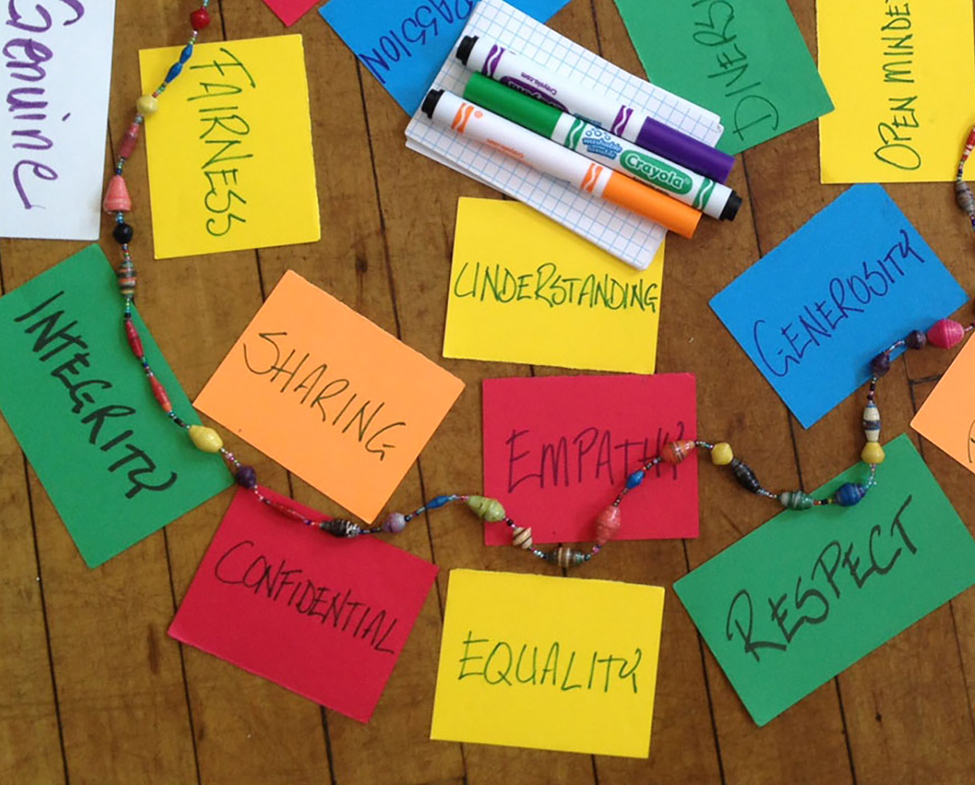How Can We Support Our Immigrant Students?
This school year opens at a time of fear and trauma for immigrant children across the United States. Here are eight ways educators can protect students from harm and ease their distress.
This school year opens at a time of fear and trauma for immigrant children across the United States. Here are eight ways educators can protect students from harm and ease their distress.
Now is a time of fear and trauma for immigrant children across the United States. The 2019-20 school year opens amid ICE raids, the separation of immigrant children from their mothers and fathers, and brutal detention camps at the border.
August 2019 brought a series of new horrors. A white supremacist who wanted to kill immigrants opened fire at a Walmart in El Paso, killing 22 people. A few days later, ICE swooped down on food processing plants in central Mississippi, arresting 680 people and spreading terror far and wide. Then, the Trump administration announced a new policy that will (if actually enacted in October) make documented immigrant families even more reluctant to use government services they are entitled to, out of fear they will be denied permanent residency.
Meanwhile, political leaders and their media supporters continue to spew racist, dehumanizing comments about immigrants, creating danger not only for immigrants (documented and undocumented), but for anyone seen as “other.”
Educators across the country are doing what they can to protect and comfort their students. But even in immigrant-friendly cities like New York, our powers are limited.
Last year, Mariana worked in a school with many immigrant students. One day, a student’s undocumented father was arrested. The student came to school, but she could not stop crying. Staff tried comforting her out of class, but the tears continued. They suggested she go back to class, but that didn’t help either.
A high school student lived in fear that his family would be deported in the middle of the school year. School staff knew that the boy’s family was in detention and faced deportation. But none of the students knew, because the boy was desperate to keep it a secret. He was afraid of being called “an illegal” – even in a school that actively promotes inclusion and support for immigrants. The school’s guidance counselor and social worker respected the boy’s wishes for privacy and worked to get his family legal representation. But in the end, the entire family was forced to leave anyway. The teachers worked to manage the impact of the student’s disappearance on his classmates, many of them immigrants themselves. The experience provided a moment of reflection and deepening awareness for the school community as a whole.
As this school year opens, how can school leaders actively encourage a school climate of caring and respect? How can teachers create a welcoming and supportive classroom community that will protect students from harm and ease their trauma? Here are some suggestions.

Mariana Gaston works with Morningside Center as a staff developer, trainer, and advisor. She is a co-founder of the Brooklyn New School. As a BNS teacher, she helped Morningside develop our Resolving Conflict Creatively Program, and later became director of the RCCP at the NYC Board of Education. She later served as AP and educational consultant at PS 24 in Brooklyn, and helped make this dual language school a model for social and emotional learning.
Laura McClure is Morningside Center’s director of fundraising and communications. She co-founded and edits our TeachableMoment resource collection.